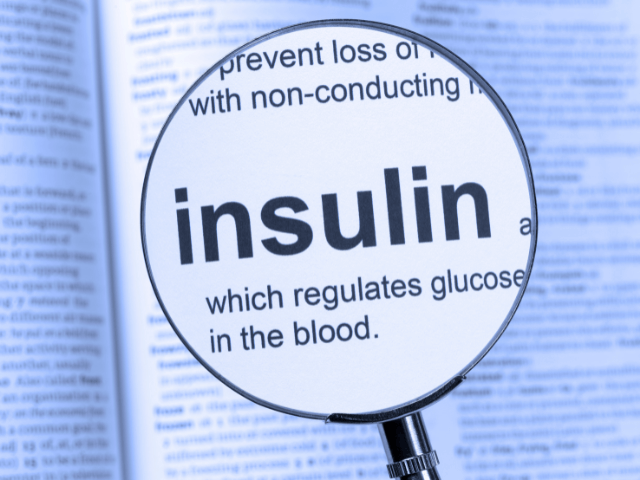
It is a well-known fact that the prevalence of diabetes or insulin resistance among adults and children worldwide has been steadily rising over the past few decades.
The most common type 2 diabetes is when the body becomes resistant to insulin or fails to produce enough insulin.
Individuals with a lifestyle disease such as type 2 diabetes are almost always diagnosed with prediabetes first. Prediabetes is a condition that does not always manifest symptoms. It is an invisible warning sign that often goes undetected, and the person may not even realise that they have it.
Diagnosing prediabetes in a timely manner can, however, make you gain control over your health before it poses any further consequences, including the possibility of a heart attack, stroke, or cancer.
This article offers a serious deep dive into prediabetes. Read on to understand what prediabetes is, how it occurs and common symptoms people with this condition might experience.
What is prediabetes? What does it mean if you are prediabetic?
The term ‘prediabetes’ refers to a diagnosis characterized by higher-than-normal blood sugar levels but not high enough to be considered type 2 diabetes.
The human body produces the insulin hormone in the pancreas that enables it to convert glucose into fuel. Upon eating a meal, the carbohydrates in the food are converted into glucose or blood sugar.
The glucose then stays within the bloodstream until the pancreas releases insulin. The insulin aids in opening the cells up, allowing the glucose to enter the cells, thus helping the body receive fuel. However, without insulin—or if insulin is not being produced optimally—the glucose accumulates in the bloodstream itself, causing blood sugar levels to rise, thus posing a greater risk of the commencement of prediabetes.
With prediabetes, the body is struggling to maintain blood sugar levels within a healthy range. The body stops using insulin as proficiently as it should and gradually begins to develop a resistance to it, which is known as insulin resistance. If this process continues for a prolonged period of time, the existing condition of prediabetes might escalate into type 2 diabetes.
When we eat and digest carbohydrates – such as potatoes, bread, or rice – sugar enters our bloodstream, of which a lot is sent to our muscles. Our muscles use this sugar for energy or store it as glycogen in order to maintain stable blood sugar levels. This process is an important part of blood sugar control and helps explain why people with less muscle are more likely to develop diabetes.
Since the symptoms that signal insulin resistance are extremely gradual, they might sometimes go unnoticed or under the radar for years. Some of the symptoms that ring a warning bell for the possible onset of prediabetes are as follows:
1. A constant feeling of tiredness and lethargy: A sense of fatigue that sets in after doing the slightest of work might signal prediabetes.
2. Feeling hungry frequently: Recurrent hunger pangs despite eating meals on time is a sign that indicates the possibility of developing prediabetes.
3. Frequent urination: The excess sugar built up in the bloodstream means the body will produce more urine to flush out the glucose. The greater the frequency of urination, the greater the chances of dehydration, thereby creating a cyclical pattern of increased thirst and hunger.
4. Increased thirst: Feeling the need to keep having more than the recommended amount of water through the day signals prediabetes.
5. Blurred vision: A sudden, unexplained blurring of eyesight can be one of the warning signs of prediabetes. If ignored, it can lead to retinopathy, a medical condition that damages the blood vessels in the retina of the eye and might cause loss of vision in some cases.

6. Unintended weight loss: Losing a significant amount of weight despite eating regular meals is a warning sign to watch out for.
7. Numbness in the limbs: A recurring tingling sensation felt in the hands and feet is yet another characteristic sign pointing towards prediabetes.
8. Signs of insulin resistance: If the body is not responding efficiently to the production of insulin, it can manifest in signs such as darkened patches of skin, abnormally increased levels of hunger and thirst and experiencing difficulty in concentrating or memorizing.
Click here to understand who’s at risk for developing pre-diabetes and what you can do to reverse and prevent it


